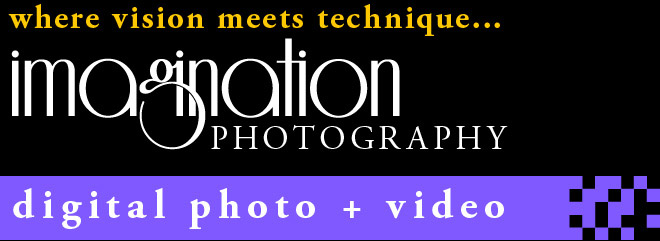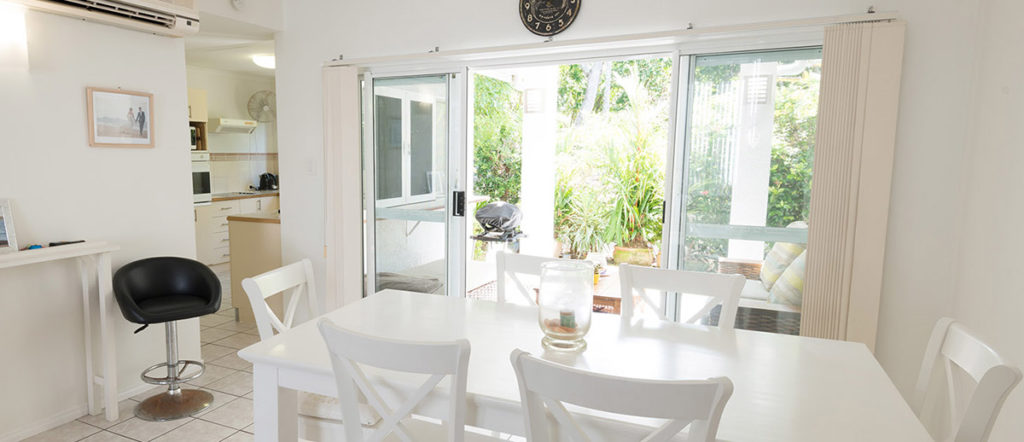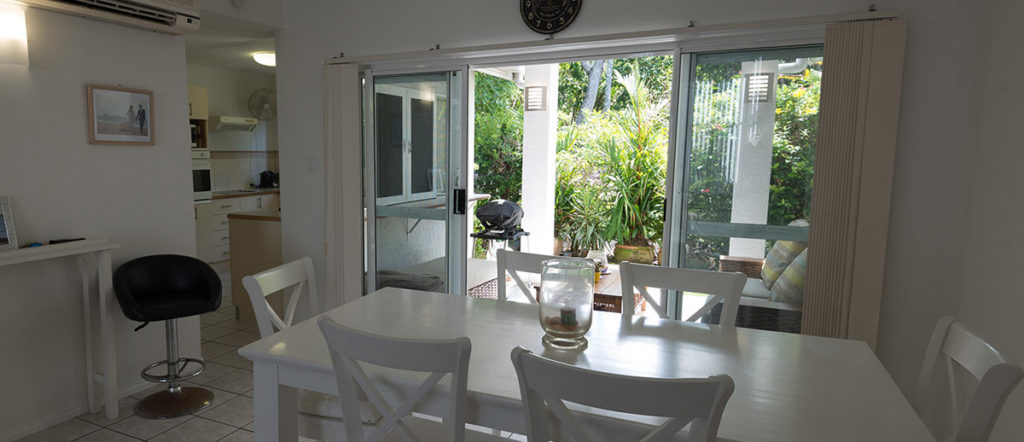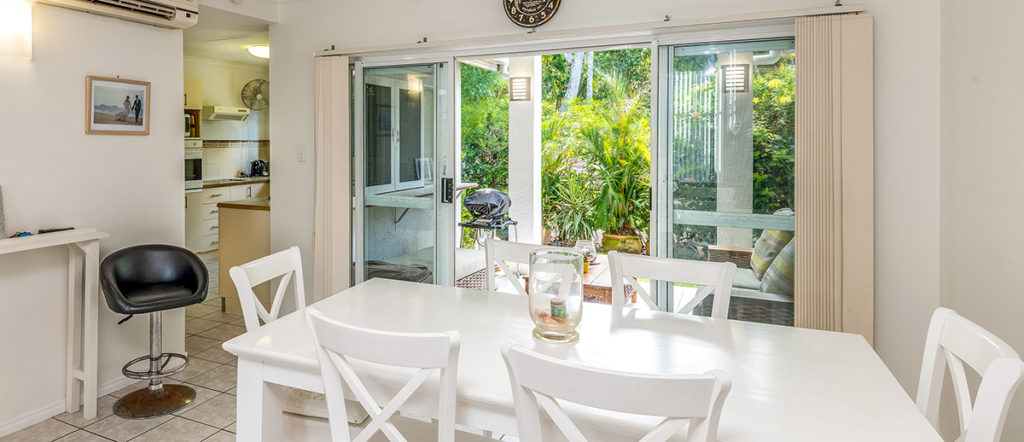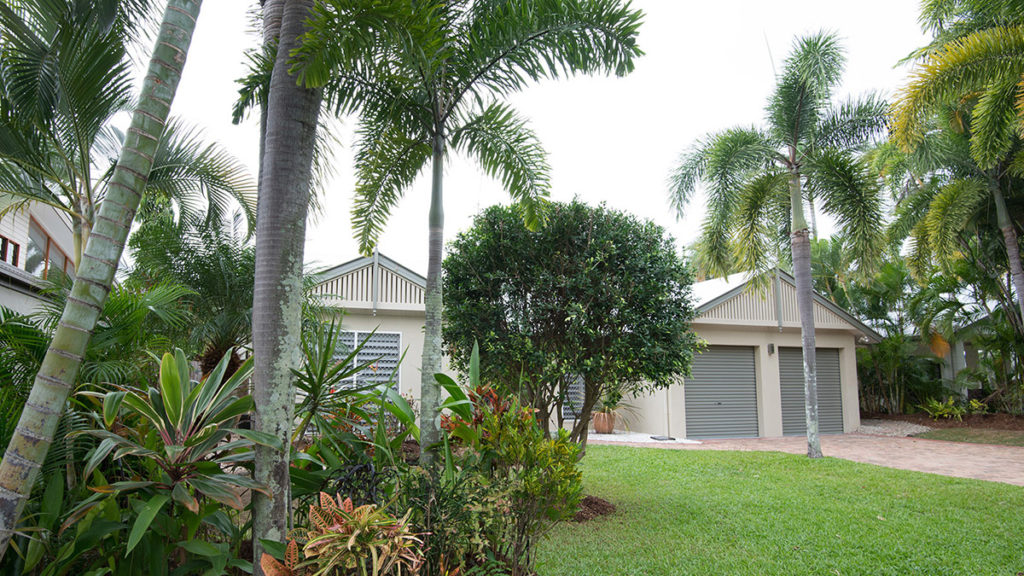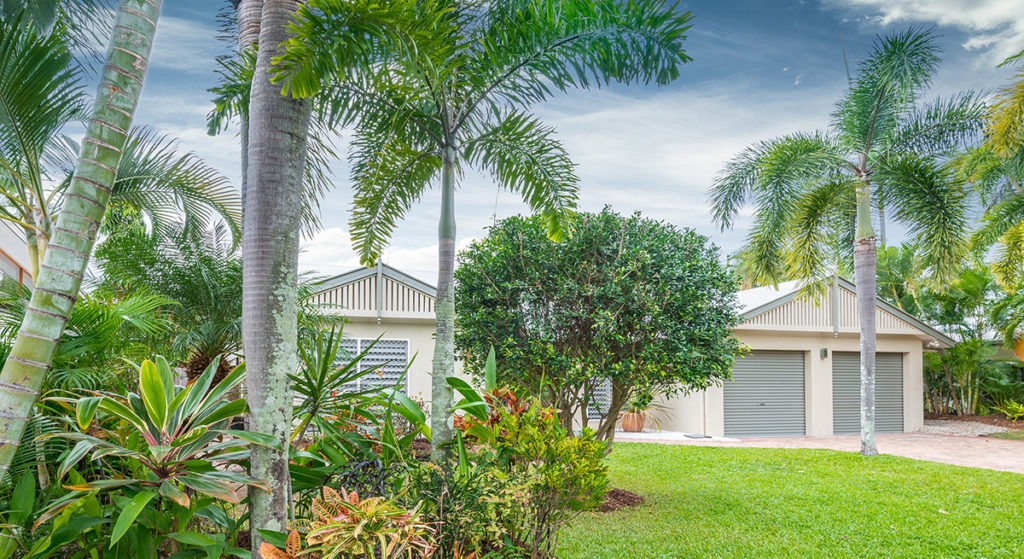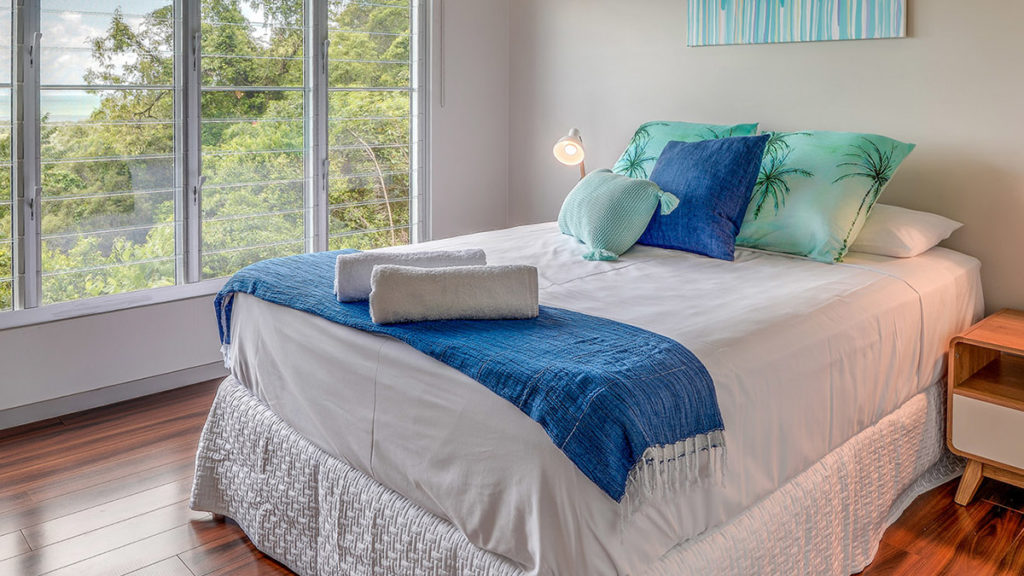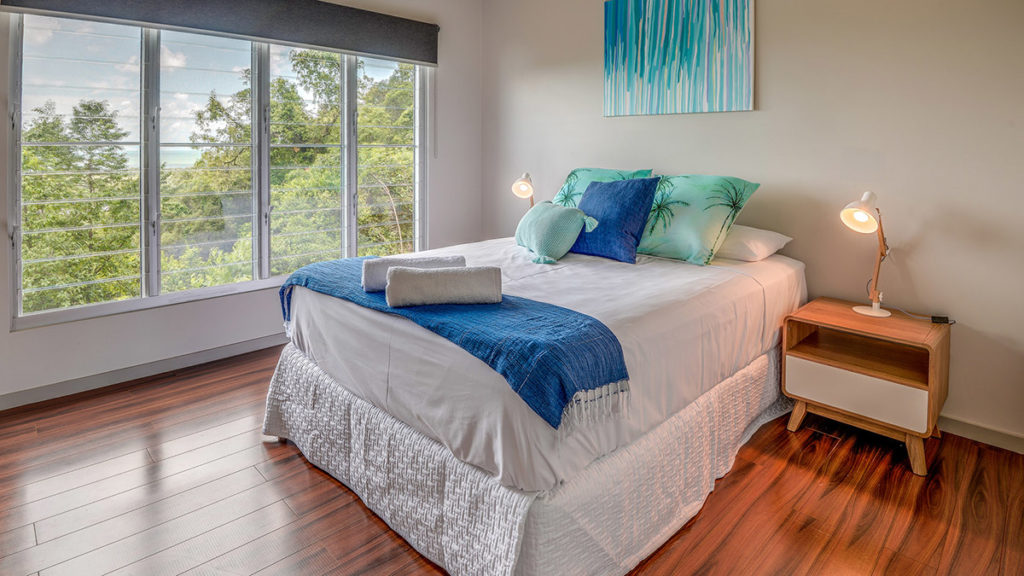The Ethics of Real Estate Photography
Providing high quality, enticing photographs that are not misleading or disappointing is the primary responsibility of real estate photographers.
My task is to accurately but flatteringly present the house and property to the potential buyer, to attract those who will be attracted to this property instead of turning them off; and stimulate them to call the agent. But this is true of all advertising photography. My job is to get people to stop flipping the page or scrolling down the screen and focus on the property long enough to look at more photos, then get to the verbal description and then, if it meets their interest, call the agent. When they then see the property, they will make up their own mind if the pros outweigh the cons.
Real estate photographers are challenged to motivate home buyers or renters to visit a property in person, but not to disappoint those visitors on site. When home buyers are disappointed because the photographs were largely misleading, it reflects poorly on the listing agent or owner.
Real estate photography requires digital adjustments, and those tweaks can be an area of ethical concern.
We should not modify images of properties such that the images no longer truthfully and fairly represent that property. In particular permanent physical features of the property should not be modified. On the other hand, real estate images are intended for marketing purposes and therefore present the property in the very best way possible. So image enhancements that do not materially change permanent physical characteristics of the house or surrounding environment are considered standard practice.
Some people say that any Photoshopping of an image was misrepresentation. WRONG: NOT using Photoshopping is a misrepresentation, with most photos taken with a Smartphone or Point & Shoot camera misrepresenting the property due to their format and in-device processing that they undertake. Essentially, no camera/film/sensor – not matter how good it is – has been created yet that comes close what the eyes and brain can see, and it takes Photoshop to correct and bring in close to reality. Cameras blow out windows with correctly exposed room interiors, or show windows in dark dungeon-like rooms. The eye/brain adjusts the dynamic range automatically. So do carefully composited photographs using advanced blending techniques. Similarly, slanting walls, cabinets, doors and windows misrepresent a perfectly sound home as structurally unsound where the eye/brain automatically make the correction. Some may contend that “people know” the walls are not actually slanted, at which point I reply: “3 seconds in Photoshop/Lightroom will correct that (I’m not joking). Are you not willing to invest 3 seconds in your client?”
A photo is – right from the start – a misrepresentation of reality, being a two dimensional representation or, you could say, interpretation of anything, especially a house and grounds. Different lenses will represent the house and grounds in different levels of distortion making closer features larger in proportion to those further away; they can change the feeling of room proportions and size; colour can be changed by the camera itself depending on its ability to judge the colour balance of the light and render the colours inherent in the dyes of fabric and colours in the paint. For example, if the camera has rendered a pink rendered wall as orange in a pre-sunset light, is it wrong to manipulate the photograph to bring it back to pink, which is the correct colour, but not the colour captured by the sensor? The colour balance of daylight is different at different times of day and different weather conditions, so is it wrong to bring that into line? Your eye and brain automatically corrects colour, but the camera records it accurately. Indoor light globes are generally warmer in tone than daylight. That produces an inviting warm tone, but it seldom matches nicely with cooler outdoor natural lighting. Plus indoor lights vary in colour temperature between different types of globes, and sometimes within the one room. Correcting the colour balance to make the house realistic is essential.
Removing permanent structures such as power lines or neighbouring houses is considered unethical. I can work around visual obstacles in order to best present the property. HOWEVER, you must understand that deliberately hiding an item that you know would probably be unappealing to a potential purchaser is unethical. As soon as they actually visit the property, all will be revealed. What do you think that person will do if they feel that they have been deceived? I will not take out neighbouring houses, power lines, water tanks or any other permanent structure, etc. The penalty for misrepresentation can exceed $220,000.
Likewise, using a telephoto lens to represent a distant glimpse of a view as being much closer than in reality is also wrong.
Now, even if a photo is delivered to the agent for them to post on their listing site, it is still possible for them to crop it further (to eliminate undesirable elements) or to further enhance colour, etc. I have no control over that. However, I will not be happy if my work is misrepresented. I also have the original images kept on file.
The listing agent ultimately has the responsibility for all aspects of the presentation of the home for sale and in the worst case they probably risk more than just their reputation.
Enhancing the existing appeal of a property is my main goal for each photo shoot. Shooting rooms from pleasing perspectives, adjusting lighting, correcting white-washed or blown out windows are examples of ways that the property photos can ethically be improved. If enhancing the existing appeal of a property means making adjustments on temporary or non-permanent aspects of the property, image editing is generally accepted.
My behaviour
Further to what I do regarding the images, is how I behave on-site. I am always professional. I respect the property and I respect the owner or the tenant. I do not discuss the value of the property or the real estate market. My job is to take photographs.
I may suggest things and even ask for permission to move items to enhance the image; but that is as far as it goes.
These enhancements are standard on all of my images.
Standard practice:
♦ Removing temporary objects like garbage cans, cars, etc.
♦ Changing image saturation, brightness, dynamic range (1) , contrast or colour balance.
♦ Fixing converging verticals, lens barrel distortion or colour fringing.
♦ Removing refrigerator clutter i.e, the photos, post-it’s etc. that sellers typically have on refrigerators, or moving furniture that is not part of the house.
♦ Sky replacement or enhancement – to make a dull day look brighter.
♦ Use of ultra-wide-angle lenses (2).
♦ Some greening of grass that is patchy (3).
♦ Critical framing to minimise distracting permanent structures – wires, neighbours, etc., but subject to concerns about deliberate misrepresentation.
Not done:
♦ Removing or modifying power lines, antennas , power poles or any other permanent structure.
♦ Modifying any part of the house or landscaping that would not naturally change within a few weeks. This includes carpet stains or damage, holes in the wall, broken windows, etc. If repairs are definitely to be done before the property is displayed, these can be fixed in Photoshop, but additional costs may be incurred. I will want a signed disclaimer from the agent or owner that the repairs will be completed before the property is shown. Alternately, wait until after the repairs are done and then get the photos done.
♦ Using Telephoto Lenses to Enhance Views. This seems to be a borderline practice. Some magnification of part of a view may be acceptable, but it needs to be a realistic representation of what a person will see from the property.
♦ Unethically framing a photograph to hide prominent but unattractive features on adjacent properties.
Notes:
1. Blending multiple images at different exposure and supplementing lighting to expand the tonal range is standard practice.
2. Use of Ultra-Wide-angle Lenses. Although some people find the use of ultra-wide angle lenses (below 24mm effective focal length) will visually overstate the size of rooms, use of ultra-wide-angle lenses is generally standard practice. It should be done with discretion. I try my best not to be at the widest setting all the time, but in some cases (especially small bathrooms) it’s required to get the shot. I think most buyers understand this kind of wide angle shot when they see it. I do not use it to make items like pools or spas look bigger than they really are.
3. Modifying the grass. Some feel that grass is a temporary property feature and modifying irregularities or bare spots is acceptable. However, this does not entail replacement of a poorly maintained grass with a full, luscious lawn, or adding plants that are not actually there.
Examples of standard enhancements
Changing image saturation, brightness, dynamic range, contrast or colour balance, fixing converging verticals, lens barrel distortion or colour fringing.
The eye can very quickly adjust to different levels of brightness, but one photo cannot. You can choose to expose for the outside, but then the inside of the room is too dark; or you can expose for the interior, and then the outside is a blown-out flare of light. Combining several images allows you to see the room in all its glory, plus the view.
Correcting the verticals and any lens distortion also gives a more realistic view.
Sky replacement or enhancement.
Replacing the sky isn’t deceptive. A different sky will appear tomorrow, just like there was a different one every day last week and last month.. Weather is unpredictable, so giving a nice sky is a simple enhancement that makes the property more attractive.
Use of ultra-wide-angle lenses
When standing in a room, the viewer looks around. Using an ultra-wide-angle lenses simply shows more of the room in one shot. A normal wide-angle shot just doesn’t cut it. Especially if a room is furnished, people know what size a bed, a chair, a lounge or other pieces of furniture are.
